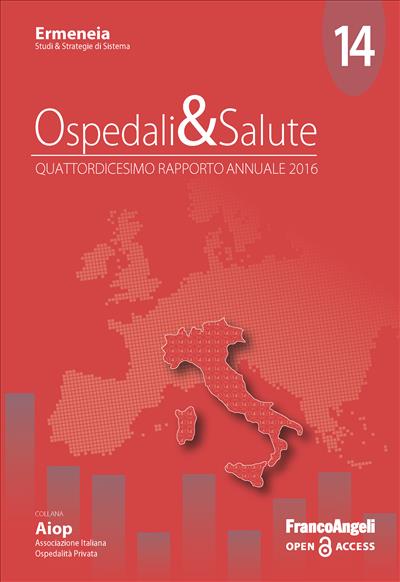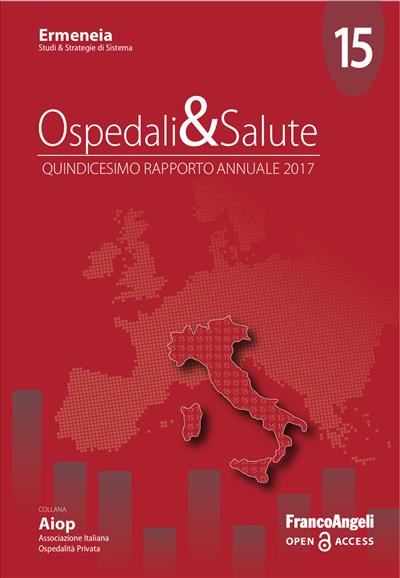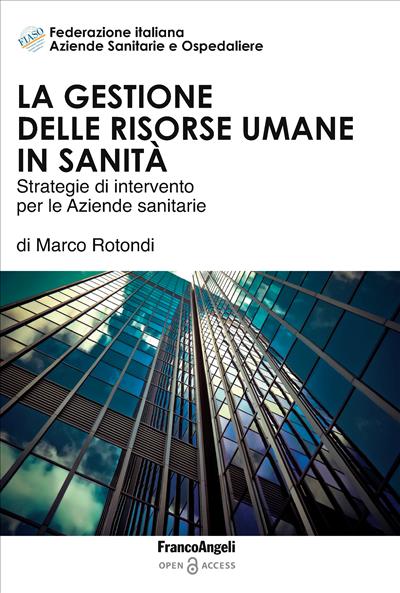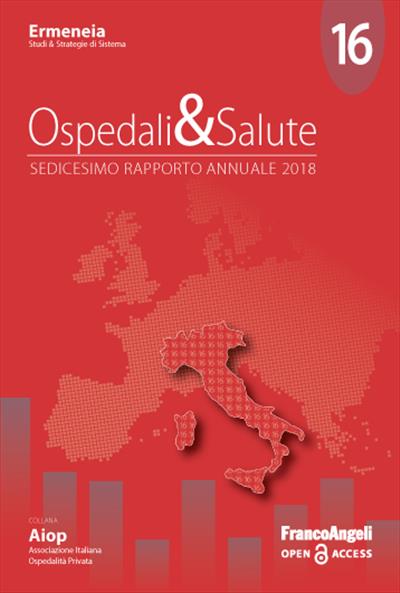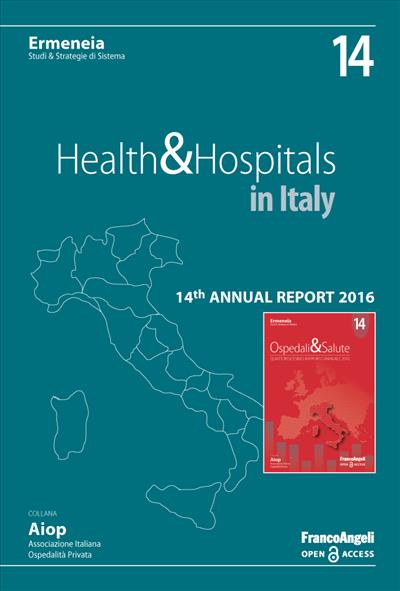
Health&Hospitals in Italy.
Annual Report 2016
The 2016 Health & Hospitals Report focuses, as it does every year, on the progress of the Italian hospital system. It is a complex system of services that meets the people’s needs and demands for care and assistance and the reason why the Report always presents two aspects: that of users and citizens and that of the "machine", whose financial and management features relate to a mixed public/accredited private system.
Pages: 208
ISBN: 9788891755315
Edizione:1a edizione 2017
Publisher code: 10035.2
